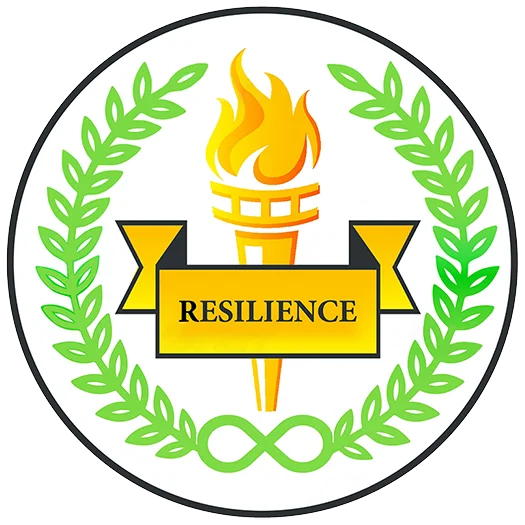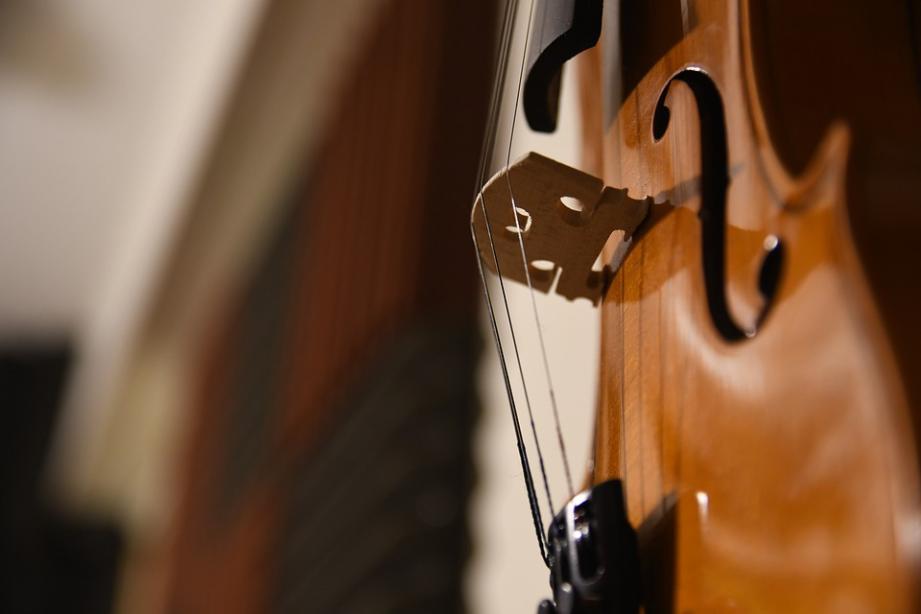The central emphasis of any SEL endeavor is to spark drastic individual growth in emotional intelligence. Having a society with heightened social-emotional learning reaps untold benefits. Such things as, but not limited to: better social cohesion and empathy drive. The main question here, however, is could the process of learning SEL be enhanced tenfold by a key focus on advanced musical development that’s been shown to complement SEL and other motivational curricula? Also, what exact kinds of music accentuate the learning process? Further, if we devise a key music-centric SEL curriculum, could it inadvertently exclude people who are deaf or have other hearing disabilities? Let’s focus on the latter question first, psychologists have discovered that even people born completely deaf have an inherent appreciation for any melody, due to the vibrations felt, when not heard. But, then you’ve heard from naysayers’ various excuses to not engage their inner muse: “But, I can’t carry a tune to save my life!” “I have no rhythm though,” Or: “I cannot carry the beat with others, I just don’t have a musical bone in my body.” In order to embrace SEL through musical development and abstraction, we have to first discard these doubts before they’re allowed to fester. Even from one’s elementary school days, you learn a simple yet important rhythmic formula of Do-Re-Mi-Fa-Sol-La-Ti-Doe. Moving forward, you build on this essential foundation throughout the course of your life. Psychologists over the years have measured how long babies spent turning their heads toward three-syllable units drawn out from the stream of noises in their environment. Babies tend to only briefly listen to words. The majority of their focus is spent on hearing the cadence of how words are spoken instead. Seeing how the only thing which sets words apart from non-words within the onslaught of cacophony in their world hinges on the transition of registers within all probabilities from syllable to syllable, which their minds prioritize. Hence, infants are such finely attuned sophisticated instruments that any variance is detected in every annunciation. This has been revealed through compiled data from audio scientists from various fields; each baby wholly incorporates statistical properties found within each of their respected languages.
Despite gaps arising in our long-term musical skills, we all sing in the shower and thump a rhythmic track on our steering wheel every now and again. What’s more, people growing up internalize different wavelengths of music from their environments in different scales, registering natural responses to quite different musical elements. Of course, there are those who have more immutable musical ranges such as distinct later life singing register highs and lows they can reach in being either tenors or sopranos, for instance. Regardless, there are similar ranges of variation found within the broad spectrum of different kinds of SEL learners. In addition, subtler musical accomplishments such as learning to be a lead singer to a group of holiday carolers can be seen even from those who initially are completely tone-deaf. By definition, hearing tonally means hearing pitches in reference to a central governing pitch, the tonic. As many have noticed, party-goers all have different singing pitches they pick up on every time the Happy Birthday song is performed, but all singers share the commonality that each plays an integral part in the process of singing in unity; even when amongst complete strangers. That is the cadences of pitch that are called for within any possible iteration of these types of staple celebratory songs are a shared commodity. Which, in and of itself exemplifies an understanding for songs are a shared commodity. Which, in and of itself exemplifies an understanding of social-emotional learning, as each person comes to appreciate it more when recognizing it to be an all-inclusive process as it plays outaround them. As it is, learning SEL through music can be seen as a corollary in understanding relative pitch. That is, universally understood to explain the variances between all the different learning processes by the people at hand. Far too often, many are discouraged when they obsess over the absolute pitch. Which, only manifests in approximately 1 in 10,000 people,all of whom arecapable of recognizing exact acoustic frequencies. For instance, someone with absolute pitch can not only tell you what note your vacuum cleaner makes, (as it is most are in #F) but are such tonal aficionados to recognize when your doorbell rings in B sharp.
So, what exactly is the focal point here? Well, if we were to better capture the universality of musical inclinations for SEL, how could that not greatly improve this curriculum’s overall effectiveness? If you’re not convinced, go to any concerts, dance clubs, or religious services, and witness the powerful sense of bonding that plays out through a scene where people operate together in harmony. Hence, SEL advanced through musical curriculum reinforces inherently shared bonds; we fortify our better nature by learning from one another.

